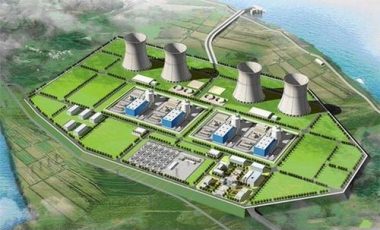Scientists have created a circuit that can power itself, as long as it's left in a beam of sunshine.
Created by scientists from the University of Pennsylvania, the world's first photovoltaic circuit could eventually power a new line of consumer devices or even model the human brain.
"This has the potential to create a new generation of optical and electronic devices," says Dr Dawn Bonnell, a scientist from the University of Pennsylvania who co-authored a recent ACS Nano paper describing the research. "The touchscreen of your computer could act as both the electrical charger and the computer chip."
Bonnell and her colleagues can only coax minuscule amounts of electricity from their photovoltaic circuits, far too little to power consumer electrical devices. But those amounts could quickly skyrocket.
"We would have one amp with one volt in a sample the diameter of a human hair and an inch long," says Bonnell. "If the efficiency scaled up without any additional limits."
There are plenty of other ways Bonnell can squeeze more electricity from light. About 10% of the photovoltaic circuits on a glass side work. Increasing that number will boost the power output.
Yet another way to get more power is by turning their 2D structures into 3D structures. Stacking multiple layers of light-collecting and electricity-using circuits would also boost power.
The photovoltaic circuit developed by Bonnell and her colleagues is a scientific breakthrough, not a technological one. These new circuits will most likely never replace their silicon counterparts.







